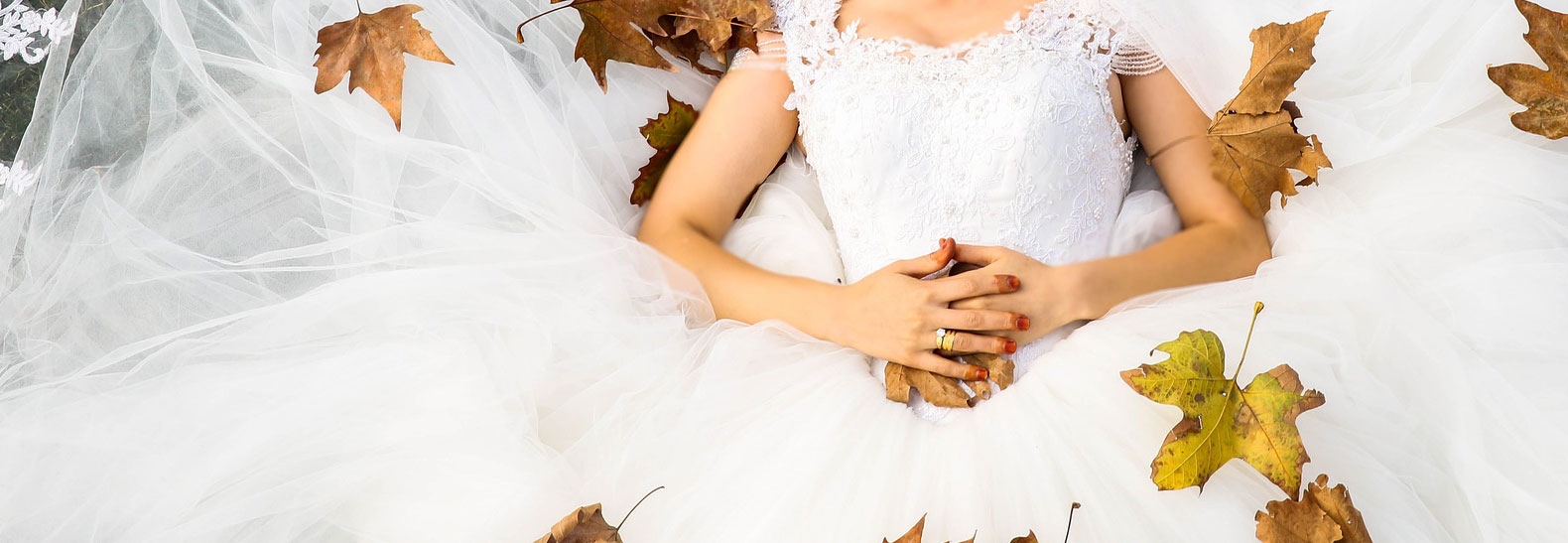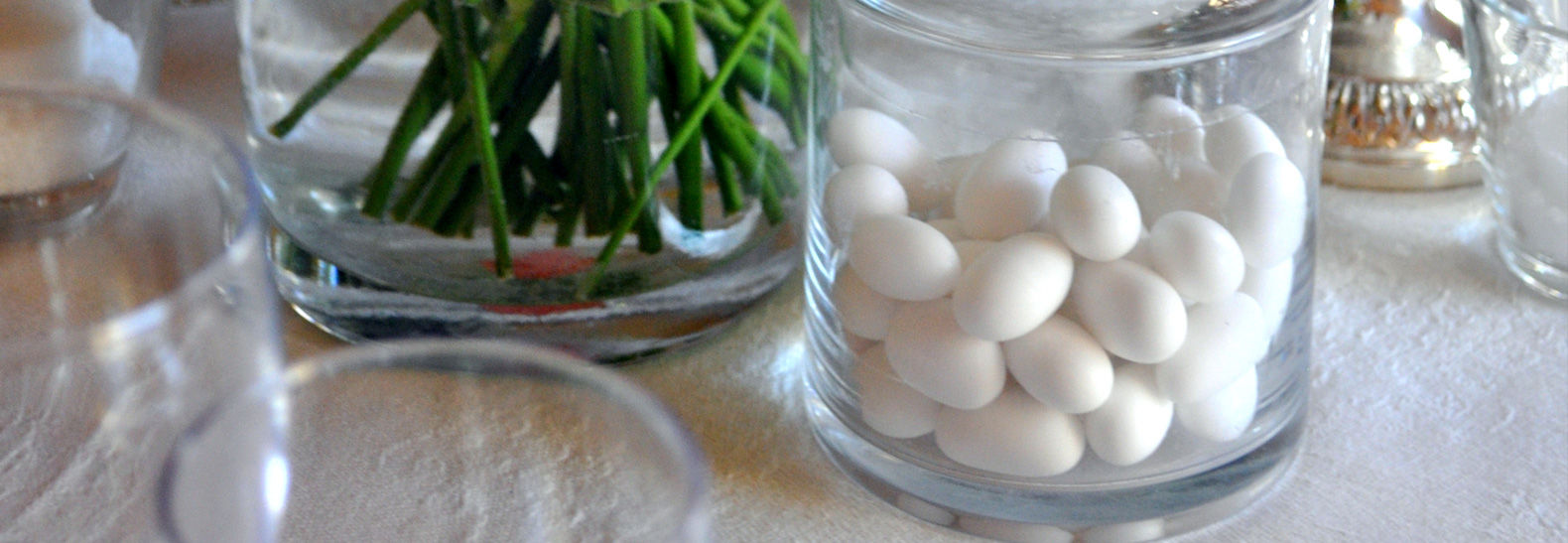Traditions for a true Italian-style wedding
3 May 2019
Italy is a country full of traditions, especially regarding marriages. Nowadays, many people avoid traditions because they want to feel free to do whatever they like but there are traditions that are respected by everyone. Here is a list of rituals for believers and not.
1. The bride’s dress
According to the tradition, the bride’s wedding dress must be white, otherwise other colors have different meanings: ivory stands for a messy life, blue says that the bride is honest, rose represents a loss of money, red says that the bride is ready for heaven, yellow is for a woman with a low self-esteem, green is for a shy bride and black means that the bride is remorseful.
But traditions go beyond the dress’s color: the bride mustn’t look in the mirror wearing her dress during the wedding day, and if she really has to, she needs to take off a shoe and an earring before. Moreover, guests can’t wear black or white even though recently black is quite common during weddings at night.
2. Bouquet and veil rituals
As far as it regards the bouquet, there are two different traditions: the first one wants the groom to send it to the bride the day of the wedding, the second one requires the mother-in-law to give it to the bride. Another task for mothers-in-law is to put the veil on the bride’s head, which eventually will be thrown towards a group of unmarried women.
3. Party favors and sugared almonds
Party favors were a typical French tradition and came to Italy in 1700 with the marriage between Prince of Naples Vittorio Emanuele and Elena del Montenegro. At that time, it was common for nobles to give sugared treats to their guests in order to greet them. Today, party favors have to be all the same for everyone and are usually made of silver or crystal.
Together with party favors, there should be an odd number of sugared almonds, usually 5, that symbolize health, wealth, happiness, long life, fertility and spirituality. Another old tradition wants the bride to distribute sugared almonds herself to the guests with a silver spoon.
4. Cut of the tie and launch of the garter
This tradition is not very appreciated but it’s still very common in some areas: the cut of the tie. The groom’s tie is cut in small pieces and distributed to all the male guests in exchange of money: the more money, the bigger piece of tie. The launch of the garter instead reminds of an ancient ritual that wanted parents to collect clothes from the couple’s bedroom in order to check if the marriage was consummated.
Nowadays, it’s the groom who is in charge of taking the garter off and throwing it to unmarried men. If the bride doesn’t wear a garter, he can use her right shoe.
5. Bridesmaids
Girls or women, the bridesmaids can’t miss! Ancient Egyptians believed that evil spirits would gather the day of the wedding and bridesmaids had to prevent them from ruining the marriage.
6. Wedding rings
Wedding rings must be worn on the wedding finger. According to the Egyptians, the fourth digit is connected to emotions through a vein that leads to the heart. In some areas, people usually carve names and dates inside the rings, which are bought by the groom. Wedding rings mustn’t be bought together with the engagement ring because it’s considered very unlucky. If the wedding rings fall during the celebration, the officiant has to collect them.
7. Serenade
The serenade is typical of Campania area. The groom, escorted by singers and musicians, sings under the bride’s balcony or window. Eventually, all the neighborhood joins them in a big buffet provided by the bride’s family.
8. Marriage bed preparation
One of the most important ritual is to prepare the marriage bed some days before the wedding. The bride’s friends and her mother make the bed with the trousseau and precious sheets. In some areas they also put rice and rose petals on it.





